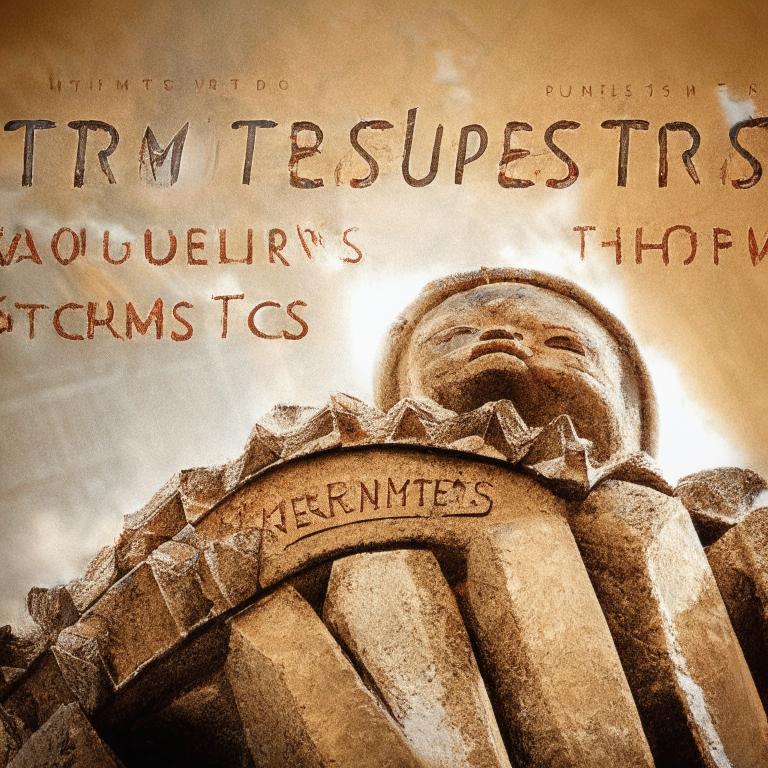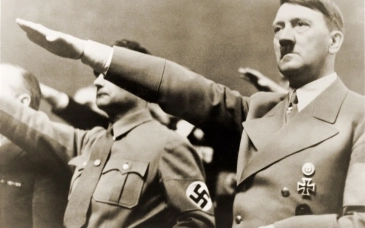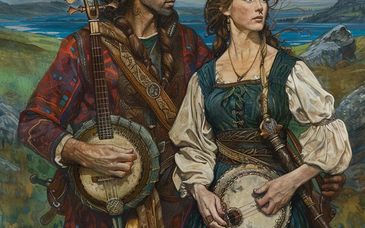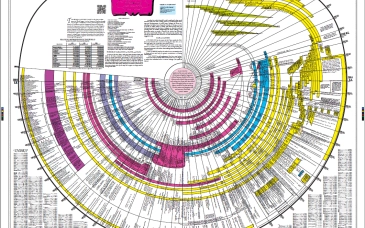| Date | Event |
|---|
| ca.190-220 | Tertullian. Joins the Montanist Heresy in 207. Apologeticum, De Spectaculis |
| 235 | Persecution of Emperor Maximinus Thrax. Pope Pontian I (21 July 230–28 Sept. 235) arrested and exiled to Sardinia. On 28 September Pontian resigned the papacy to allow a successor to take over immediately in the emergency (Liberian Catalogue). Pope Anterus I (21 Nov. 235–3 January 236) elected on 21 November. |
| 249-251 | Emperor Traianus Decius (249–251). General persecution of the Christians. The libelli. |
| 257-260 | Emperor Valerian I (254–260). Persecution of Christians. |
| 270-275 | Emperor Aurelian (270–275): builds the walls of Rome and dedicates the city to Sol Invictus |
| ca. 275 | Porphyry, Against the Christians. |
| 293 | Bishop Cyril of Alexandria leads a mob which destroys the Serapeum of Alexandria and its Library of some 600,000 scrolls. |
| ca. 300-318 | Influence of Lactantius: Divine Institutes, On the Deaths of the Persecutors |
| 303, Feb. 23 | Edict of Persecution issued against Christians by the Emperor Diocletian. Beginning of the Donatist Controversy in Africa: organized groups of Christian Donatists (circumcelliones) begin to operate in the province, marauding and killing 'lax Christians'. St. Augustine of Hippo, Epistle 185 "On the Correction of the Donatists". |
| 313 | Constantine I issued the Edict of Milan (Edict of Toleration) in the West. The Emperor Licinius' version was already the law in the East. |
| 318 ? | Constantine granted jurisdiction to episcopal courts, to which cases might be transferred from the civil courts [may be a forgery]. |
| 325 | First Ecumenical Council (Nicaea): summoned, and presided over, by the Emperor Constantine. He presented a formula of faith which was adopted. He was not a Christian. He ordered the enforcement of the decrees of the Council on all Christians. |
| 326 | On a visit to Rome Constantine offended public opinion by refusing to attend a procession and sacrifice on the Capitol. He was, nonetheless, still Pontifex Maximus of the Roman state religion. |
| 337, May | Death of Constantine I "The Great". He finally became a Christian on his death bed, baptized by the Arian Bishop Eusebius. |
| . | Arianism, and the case of Bishop Athanasiusof Alexandria (died May 4, 373). |
| 341-383 | Mission of (Arian) Bishop Ulfilas to the Goths. Bible translated into Gothic. |
| 361-363 | Emperor Julian'The Apostate' attempted to organize Paganism, to compete with Christianity. Julian assassinated during an expedition against the Persians. |
| 371 | Pope Damasus (366-384) accused of murder, but acquitted by the Emperor. ('Pope can be judge by no one.'--Pope Gregory VII) [Anti-semitism may have been involved] |
| 382 | Emperor Gratian finally gave up the title of Pontifex Maximus, under pressure from Bishop Ambrose of Milan. |
| 380-385 | (Saint) Martin of Tours and the Frankish conversion. Sulpicius Severus, "On theLifeof St. Martin". |
| 380 | Heresy made illegal. |
| 382 | The order to remove the Altar of Victory in the Senate House at Rome. Protests by pagans (led by the Senator Symmachus, whose oration, survives) demanding freedom of worship and respect for tradition. |
| 382 | The great temple at Edessa in Osrhoene is closed as a religious site, but turned into a museum. |
| 383 | The 'Macedonians' and 'Apollinarians' were named heretics. |
| 383 | Jerome, former secretary of Pope Damasus, began to translate the entire Bible into Latin (The Latin Vulgate). |
| 389 | The Arian 'Eunomians' were listed as heretics. |
| 390 | Bishop Ambrose of Milan (373-397) compelled the Emperor Theodosius I ('the Great') to do public penance for having ordered the execution of his political enemies ('the Massacre at Thessalonike'). |
| 391, February | Celebration of pagan sacrifices and other pagan rites forbidden. |
| 397-401 | Controversy over the opinions of Origen of Alexandria. |
| 405, 412 | Efforts made by the government to crush Donatism in Africa (unsuccessfully). The Edict of Unity was issued by the government in 405. Bishop Augustine of Hippo Regius (395-430) became the leader for orthodoxy in the province. Augustine, "On Baptism, Against the Donatists." |
| 408 | The Emperors Arcadius, Honorius and Theodosius II confirmed the judicial authority of bishops, and authorized the execution of their judgments by civil officials. |
| 410 | The sack of Rome by the Goths, under Alaric, blamed on Christian impiety (by e.g. Zosimus). Defense of Christians by Augustine and Orosius. |
| 415 | Pagans barred from military and civil offices |
| 415 | Pope Innocent I (21 Dec. 401–12 March 417), son of Pope Anastasius I (27 Nov. 399–19 Dec. 401) set up the Exarchate (Vicarate) of Thessalonike, to act 'in our stead', when the Prefecture of Illyricum was made part of the Eastern Emperor's administrative domain. This was a matter of contention between Stilicho and Rufinus, the powers behind the thrones. |
| 429-431 | Bishop Nestorius of Constantinople entered into controversy with Bishop Cyril of Alexandria. |
| 438 | The Codex Theodosianus was issued. A copy was presented to envoys at the marriage in Constantinople of Valentinian III and Licinia Eudoxia (daughter of Theodosius II), to be carried to the West and promulgated. |
| 452 | Pope Leo I (Aug./Sept. 440–10 Nov. 461) met Atilla the Hun near Mantua and persuaded him to withdraw from Italy. |
| 455 | Pope Leo I met the King of the Vandals, Gaiseric, who was besieging Rome. The Pope was unsuccessful in persuading the King not to sack the city, but the buildings were not burned. |
| 509 | Conversion of Clovis and the Franks. |
| 529 | The Emperor Justinian closed the schools of philosophy at Athens. |
| 532 | The NIKA Riots at Constantinople, sectarian controversy between the Greens (Arians) and Blues (Orthodox Christians). Codex Justinianus |
| 550 | Synod of African bishops excommunicated Pope Vigilius I (29 March 537–7 June 555) for giving way to pressure from the Emperor Justinian and his Arian wife Theodora to revoke the Three Chapters. |
| 680-681 | Pope Honorius I (625-638) formally anathematized as an hereticby the Sixth Ecumenical Council (Constantinople). The anathema was ratified by Pope Leo II (17 August 682–3 July 683) in an official letter to the Emperor Constantine IV (668–685) on May 7, 683. |




